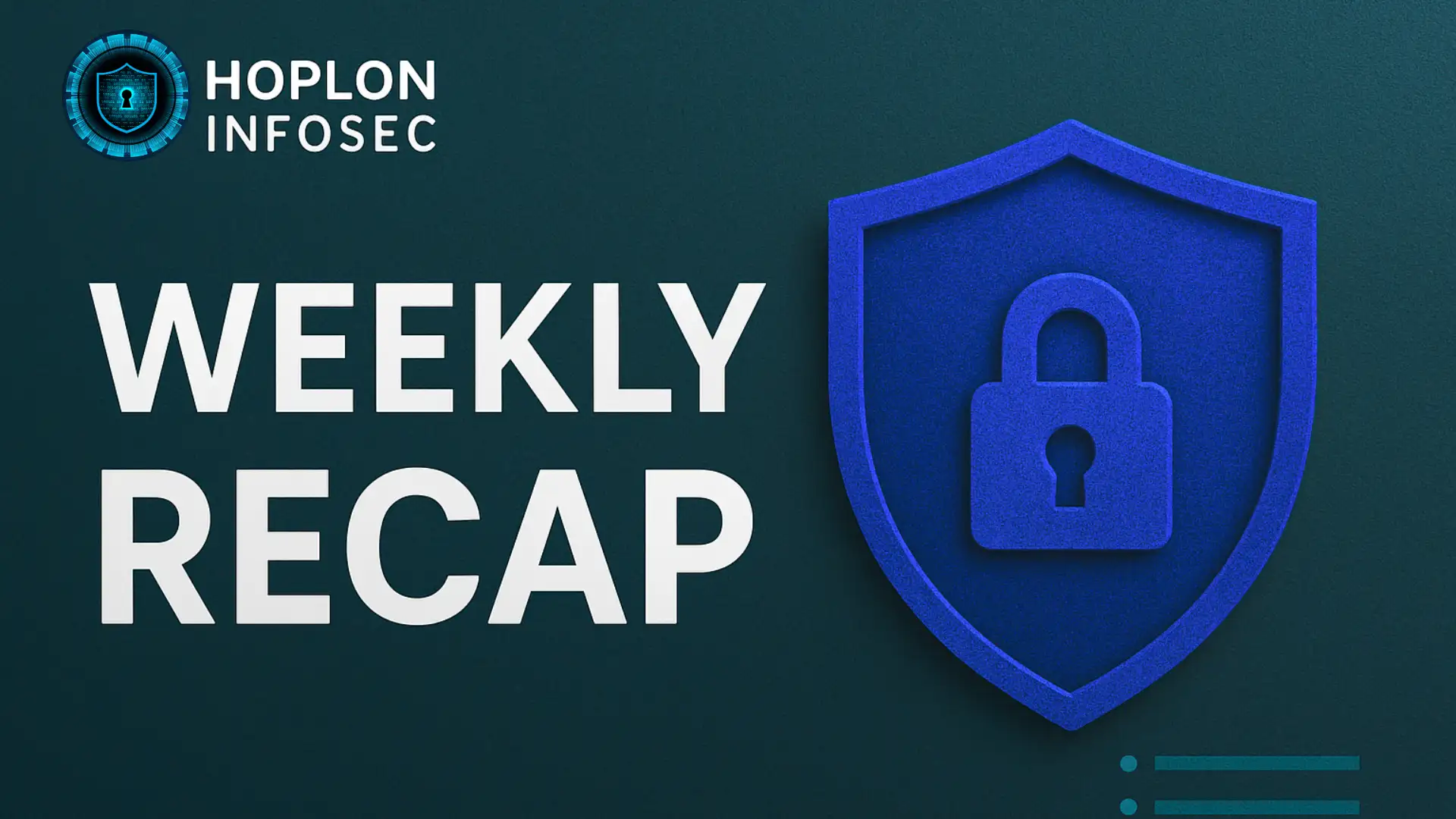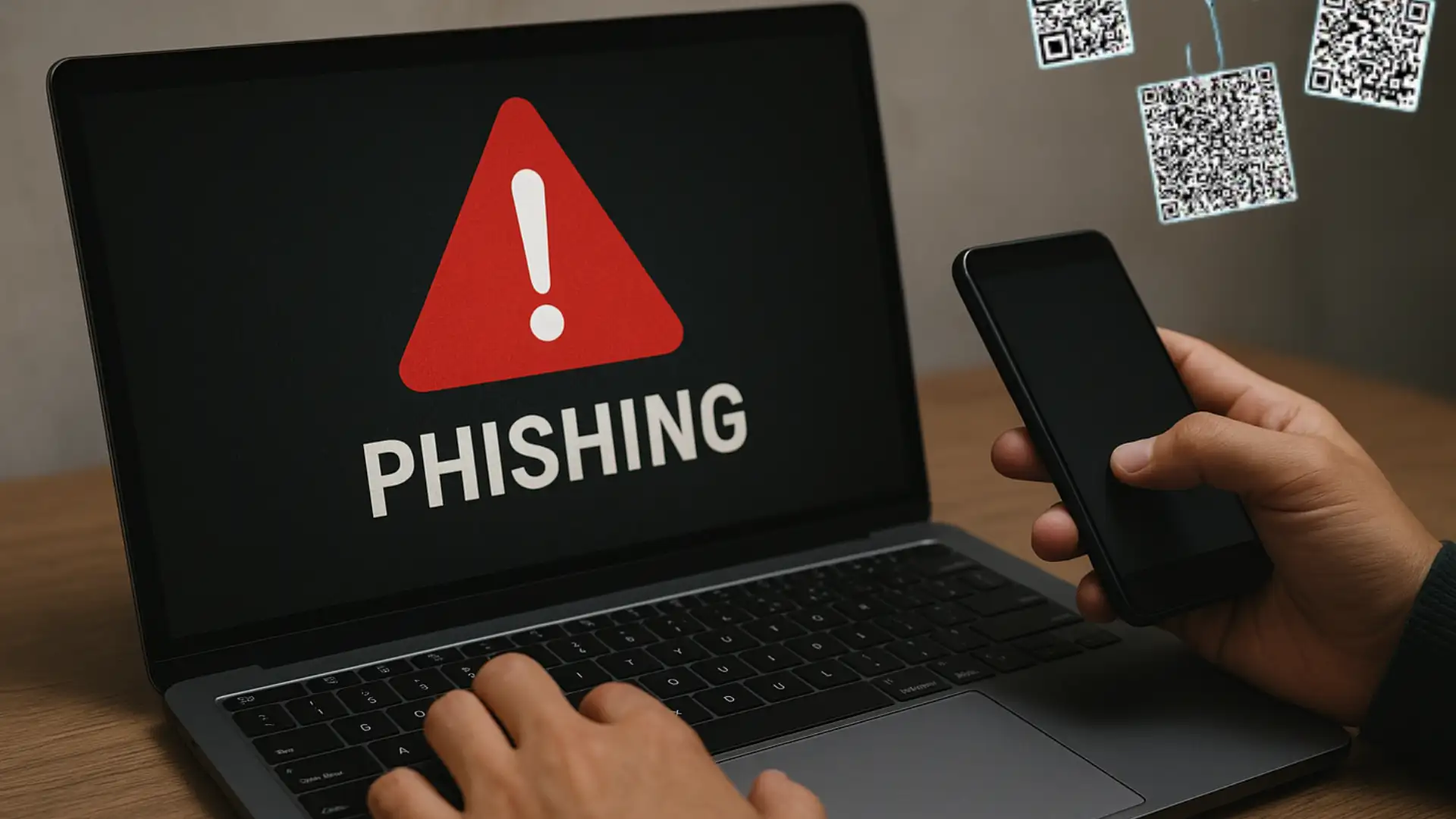A recent incident has spotlighted the growing menace of cybercrime in educational institutions by Cyber Criminal. A school in Devon has become the target of a malicious attack, leaving its community grappling with the implications of a potential data breach. The perpetrators have issued demands, adding to the distress of students, parents, and staff.
The affected school is home to hundreds of students and employs dozens of staff dedicated to creating a safe learning environment. Reports indicate that external criminals infiltrated the school’s systems, exploiting weaknesses to access confidential information. The attack has disrupted the school’s operations, leaving parents anxious about the safety of their children’s data.
Data breaches have a profound impact, particularly when they target educational institutions. The information stored by schools often includes names, addresses, phone numbers, medical records, and even financial details, all of which criminals can exploit. This incident has highlighted the risks associated with maintaining sensitive information in a digital format, especially when adequate cybersecurity measures are not in place.
The emotional toll on the students is evident. Many are expressing fears about their personal information being exposed. A student survey conducted in the aftermath of the incident revealed that nearly 70% of respondents felt uneasy about the situation. For some, the idea that hackers could target their school was previously unimaginable, making the incident a harsh wake-up call about the realities of cybercrime.
The community of the attackers compounds the community’s concerns. While the school has assured parents that law enforcement and relevant authorities are involved, the uncertainty surrounding what data might have been compromised is fueling widespread anxiety. For parents of vulnerable children, this fear is magnified by the thought of what could happen if sensitive information were to fall into the wrong hands.
Cyberattacks in schools are becoming increasingly common. A 2023 study found that over 1,000 educational institutions across the UK had reported cyber incidents in the past year alone, with ransomware attacks being the most prevalent. The actual number could be higher, as many institutions may be reluctant to disclose breaches publicly due to reputational concerns.
Cybersecurity Challenges in the Education Sector
The education sector, including public and private institutions, faces increasing cyber threats. With schools being among the 120,000 ASD partners receiving cybersecurity alerts, the volume of incidents affecting educational providers has become a significant concern. The following points provide a closer look at the alarming cybersecurity issues affecting schools and education providers:
- Cyber Threat Intelligence Sharing: Schools are among the 120,000 ASD partners who receive routine cyber threat information, cybersecurity alerts, and guidance. This collaboration is essential in keeping institutions informed and prepared for emerging threats.
- Incidents Involving Education Providers: Although specific numbers for private schools are not broken down, education providers accounted for approximately 5% of the 1,100 incidents that ASD responded to. This highlights the growing prevalence of cyber threats in the education sector.
- Data Breaches Reported by Education Providers: According to the Office of the Australian Information Commissioner, 14 data breaches attributed to cyberattacks were reported by education providers in the first half of 2024. This marks a concerning trend of increasing incidents in this sector.
- Rise in Extortion-Related Cyber Incidents: The education sector has experienced a 9% rise in extortion-related cyber incidents. Around 71% of these incidents involved ransomware attacks, emphasizing the sector’s vulnerability to cybercrime.
- Government and Healthcare Sector Vulnerabilities: Federal, state, and local governments made up about 50% of the reported cybersecurity incidents to ASD, with healthcare providers being the leading non-government sector at 6%. The education sector is part of a more significant trend that affects public and private institutions.
- Ransomware Threats: The rise of ransomware attacks in education is a significant concern. These attacks disrupt school operations and expose sensitive data. They are among the most prevalent and damaging in the cybersecurity landscape today.
- Need for Increased Cybersecurity Measures: With the continued rise in cyberattacks, education institutions must implement stronger cybersecurity frameworks, including updated software, staff training, and robust data protection protocols.
The Alarming Rise of Cybercrime in Schools by Cyber Criminals
Cyberattacks on educational institutions are not isolated incidents but part of a broader trend. Schools have become attractive targets for cybercriminals due to the wealth of sensitive data they store and often inadequate security systems. Data breaches compromise personal information and disrupt the learning environment, creating chaos and uncertainty for students, parents, and staff.
Attackers often exploit schools’ limited resources, knowing they lack the technical expertise to counter sophisticated threats. Studies show that over 60% of schools affected by cyberattacks struggle to recover fully within six months. These incidents also have financial repercussions, as institutions are forced to allocate emergency budgets for recovery efforts, diverting resources from other critical areas like education and student welfare.
Alarming Issues:
- Escalating Ransom Demands: Cybercriminals are increasingly using ransomware attacks, where schools are blackmailed into paying large sums to regain access to their systems or prevent the release of sensitive data.
- Compromised Personal Data: The stolen data often includes personal and financial details of students, parents, and staff, increasing the risk of identity theft and fraud.
- Psychological Impact on Students: The fear and anxiety resulting from such incidents affect the mental well-being of students, mainly when their data is at stake.
- Operational Disruption: Cyberattacks can temporarily shut down school operations, delaying academic schedules and hampering communication with parents.
- Inadequate Security Measures: Many schools need more robust cybersecurity systems and training, making them vulnerable to repeated attacks.
How to Cyber Threat Prevention and Reduction in Schools?
Preventing and reducing cyber threats in schools requires a comprehensive approach, combining technological upgrades, staff training, and policy implementation. As educational institutions increasingly rely on digital tools and platforms, it is essential to prioritize cybersecurity to protect sensitive data and ensure uninterrupted learning environments.
Statistics reveal that 70% of school cyberattacks exploit outdated software, emphasizing the critical need for regular system updates. Additionally, a 2023 report highlighted that only 45% of schools in the UK conduct annual cybersecurity audits, leaving significant gaps in their defense strategies. Addressing these issues can drastically reduce vulnerabilities and enhance overall security.
Key Strategies for Cyber Threat Prevention
- Regular Software Updates and Patch Management: Schools must regularly update all systems and software. Studies show that updating operating systems and applications reduces the risk of breaches by over 50%. Implementing automatic updates can streamline this process.
- Comprehensive Staff Training: Educators and administrative staff should receive training to recognize phishing emails, suspicious links, and other common attack vectors. Research indicates that human error accounts for 85% of successful cyberattacks, making awareness training essential.
- Robust Data Encryption: Encrypting sensitive student and staff data can prevent unauthorized access, even if systems are breached. Currently, only 40% of schools implement advanced encryption protocols.
- Implementation of Multi-Factor Authentication (MFA): Adding an extra layer of security through MFA can block 99.9% of automated attacks. This simple step can safeguard critical accounts and data systems.
- Regular Cybersecurity Audits: Conducting audits at least twice yearly helps identify vulnerabilities. Schools that perform routine checks report 30% fewer security incidents than those that don’t.
- Nedon’t Security Enhancements: Using firewalls, intrusion detection systems, and virtual private networks (VPNs) can reduce the risk of network-based attacks. A study found that schools using these measures face 45% fewer breaches.
- Collaborating with Cybersecurity Experts: Partnering with specialists to implement and monitor security measures can provide expert guidance. Statistics show that outsourced cybersecurity reduces the impact of breaches by up to 60%.
The rising tide of cyber threats against schools demands immediate attention and proactive measures. As digital transformation continues to shape the educational landscape, it is imperative to recognize the vulnerabilities that come with it. Strengthening cybersecurity is not just about protecting data but ensuring the safety and trust of students, parents, and educators who rely on these systems daily.
Cyberattacks have a significant financial and emotional toll, with recovery costs often exceeding initial security investments. Schools that fail to prioritize cybersecurity risk losing valuable data, their reputation, and the confidence of their communities. Institutions can turn their vulnerabilities into strengths by allocating resources toward advanced security solutions, regular audits, and staff training.
Future-proofing schools against cyber threats require a collective effort from policymakers, educators, and cybersecurity experts. Implementing robust defense mechanisms and fostering a culture of cyber awareness are essential steps toward a safer educational environment. The path forward is clear—investing in cybersecurity today is an investment in the resilience and integrity of the education system.
For more:
https://arcticwolf.com/resources/blog/cyber-attacks-against-schools-and-colleges




